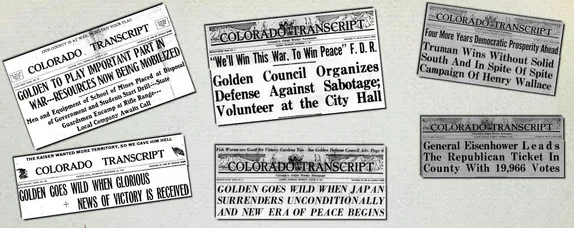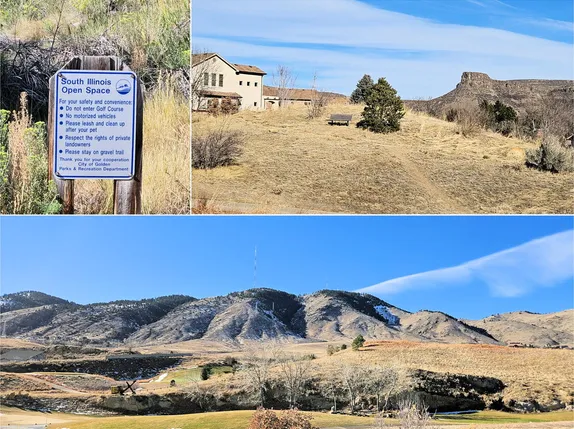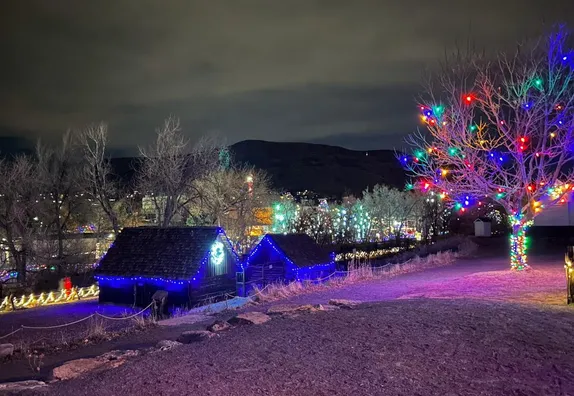Part 1
by Guest Historian Paul Haseman
The History of Mines goes back a ways. It started with an idea of George Randall, a missionary Episcopal Bishop who came to Denver 11 June 1866. He was no itinerant preacher as he held a Doctor of Sacred Theology from Brown University. He came to Colorado with goals for education. He first started an Episcopal High School for Girls, Wolfe Hall, in Denver and then sought to establish an industrial school of mining.
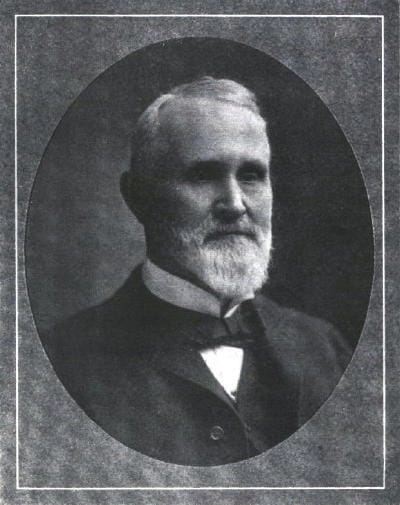
Preaching in both Colorado and New Mexico, one of his stops was in Golden, where he helped establish Calvary Episcopal Church and where he no doubt met Charles Welch. Welch was a Golden businessman and in 1868 offered Bishop Randal 12 acres in Golden for Randall’s proposed school located one mile south of downtown at the end of Ford Road. Randall accepted the offer and on 8 August 1870, the cornerstone was laid for the School to be built with a $3872 appropriation from the Territorial Legislature.
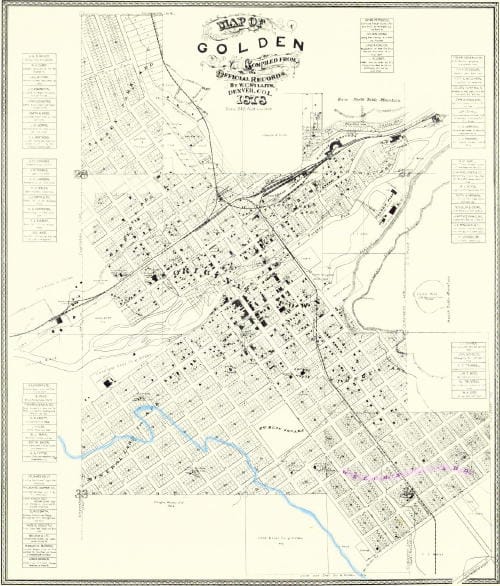
Welch’s motives were not entirely eleemosynary. Welch had purchased land south of Golden and later platted his “Welch Addition” to Golden in 1871. If he could get water to his land, its value would increase. By offering some of his land to Bishop Randall for a state school, he was able to convince city officials to grant a right-of-way across the City for an irrigation ditch to provide water for the school (and for his Welch Addition).
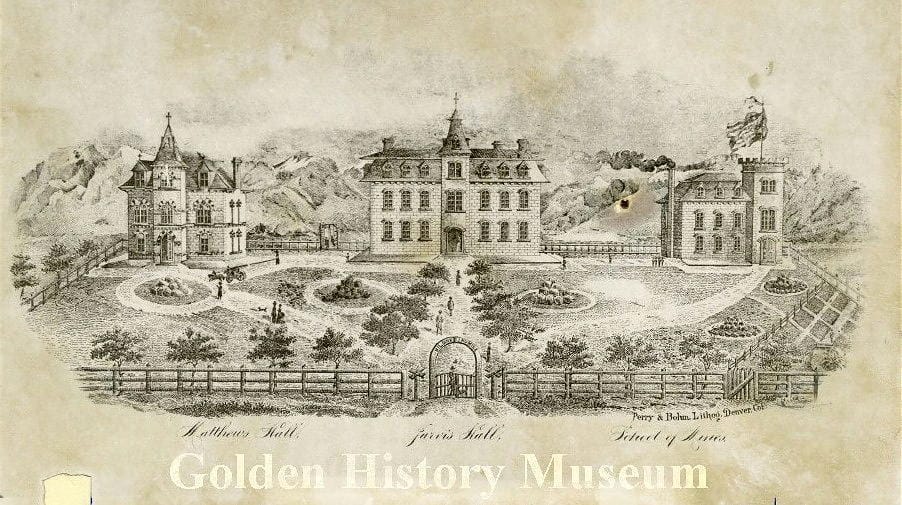
Bishop Randall also was not without his hidden agendas. Before the actual School of Mines was built, Randall first built a boys’ boarding school (Jarvis Hall 1871), then a seminary (Matthews Hall 1872) and finally the School of Mines in 1873. Randall lived to see it open but died 25 days later on 28 September 1873 in Denver. In any event, all three educational endeavors were under the auspices of the Episcopal Church.
Meanwhile, Jefferson County voters had elected Welch to the Territorial Legislature representing Jefferson County in 1872. In 1873 Welch co-authored the bill to establish the Territorial School of Mines, the first state institution of higher education in Colorado. When enacted, the bill included an additional appropriation of $5000. Territorial Governor Routt signed the Bill on 9 February 1874, which date marks the official date of founding of the now Colorado School of Mines, but then titled the Territorial School of Mines in Golden.
Upon enactment, the five acres of land on which the Mines building stood was deeded by the Episcopal Church to the Territory to include a “quit claim” deed from Welch. Following statehood in 1876, Welch introduced similar legislation for the “State School of Mines at Golden.” Upon Statehood, the “School of Mines at Golden” also became part of the State Constitution (Art. VIII, Section 5). Becoming part of the Colorado Constitution was helpful to Mines in its early years to fend off attempts by the “University at Boulder” to merge the School of Mines with the University at Boulder. (Transcript 12 Feb 1879).
To be continued….



